Protestant painters
of the 17th century
Many 17th century painters left little or no trace of their work. Here are the names of some of them.
Protestants and the Saint-Germain-des-Prés corporation
The Saint-Germain-des-Prés corporation had a certain degree of freedom because it was the abbey which granted the franchises. For this reason, it enabled many provincial and foreign painters (often Flemish or from northern Europe), who had come to Paris, to break free from the overbearing supervision of the Parisian corporation, which forced them to adhere to a rigid set of rules. Many protestant painters could be found among the cosmopolitan group of artists who worked for this corporation but who were rarely well off. Still life painting was a typical style of many of the artists in the Saint-Germain-des-Prés corporation.
François Garnier
This painter is well known mainly for the fact that he was Louise Moillon’s father-in-law – he married her mother when she became a widow on 17th August 1620. He was described in the marriage contract as “a bourgeois living in Paris », so we can assume that he was quite a rich man. He lived in the Ile de la Cité and also sold pictures as well as being a painter – in 1627 he bought a booth at the Saint Germain fair in rue Mercière and enlarged it at a later date. When his wife died in 1630, he married Denise du Pont, the widow of Jacques Le Sage, a goldsmith. Incidentally, it is remarkable how many Parisian goldsmiths were Calvinist or at least sympathetic to Calvinism. His first wife, Marie Gilbert, was also the daughter of a goldsmith. He probably died around 1658.
François Garnier's son
François Garnier and Marie Gilbert had a son, born to them in 1623, called François, like his father. From 1647 to 1652 and also in 1656, he was one of the artists working in the king’s palace ; his work involved both decorating and caring for the upkeep of the building. It is possible that he may have given up the reformed faith after the death of his father when he married Marie Varin in 1658, in the parish of St-Germain-l’Auxerrois. He was in Poitou until 1665, in the employment of the king as a painter, making topographical surveys. He was buried on 18th April 1672 in the parish of Saint-Germain-l’Auxerrois.
Abraham and Jean Le Roy
Abraham, a still life painter living in the rue de l’Horloge, might have come from Nancy.
His son, Jean, who painted miniatures, “abjured the heresy of Calvinism, a religion which he had adhered to since his birth and made a solemn profession of faith as a new member of the Catholic, Apostolic and Roman religion” on 1st January 1679.
Michel Lanse (or Lance or Lansse)
Was born in Rouen in 1613. He was accepted at the Royal Academy of Painting and Sculpture on 6th September 1659, and admitted in February of the following year when he submitted a picture depicting “a table covered with a large rug, on which there was placed a collection of musical instruments, antique vases, fruit, flowers and also some animals.” He was well known in his time as a gifted painter of landscapes, flowers and animals. He died on 19th November 1661 and was buried in the Protestant cemetery of Saints-Pères.
Exiled protestant painters
Some protestant still life painters took refuge in the Netherlands many years before the Revocation of the Edict of Nantes or the troubled years preceding it. Indeed, their type of painting blended perfectly with the work of contemporary Dutch artists.
N.-L. Peschier, who probably came from the Ardèche, painted “Vanities” in Holland in the 1660’s.
Sébastien Bonnecroy, probably also from the Ardèche, did still life paintings often showing collections of books, and lived in Anvers around 1660. He was in The Hague between 1650 and 1676.
Bibliography
- Books
- DEZALLIER D'ARGENVILLE Antoine-Joseph, Description sommaire des ouvrages de peinture, sculpture et gravure exposés dans les salles de l’Académie royale, Paris, 1781
- FARE Michel, La Nature morte en France, Genève, 1962
- FELIBIEN André, Entretiens sur les vies et les ouvrages des plus excellents peintres anciens et modernes, Paris, 1666-1668
- Articles
- GERARDIN, "François Garnier, peintre du roi", Nouvelles archives de l'art français, 1873, p. 341-343
- GUIFFREY Jules, "La maîtrise de Saint-Germain-des-Prés", Nouvelles Archives de l'Art français, 1872, p. 92-123
Associated notes
-
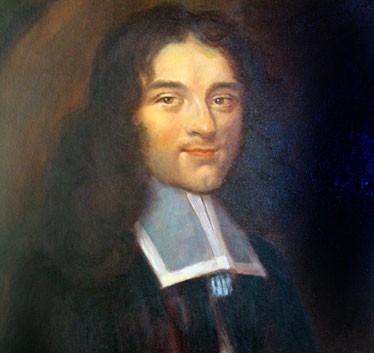
Pierre Bayle (1647-1706)
Pierre Bayle can be seen as a forerunner of the Age of Enlightenment because the concept of tolerance was of great importance to him and, a true scholar, he specialized... -
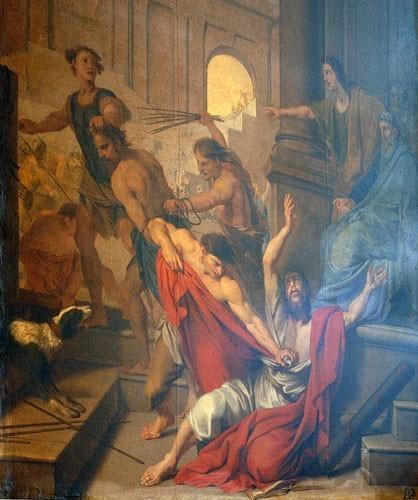
Louis Testelin (1615-1655)
At the time Louis Testelin was an artist, belonging to the Reformed Church did not prevent one from having a brilliant career. -
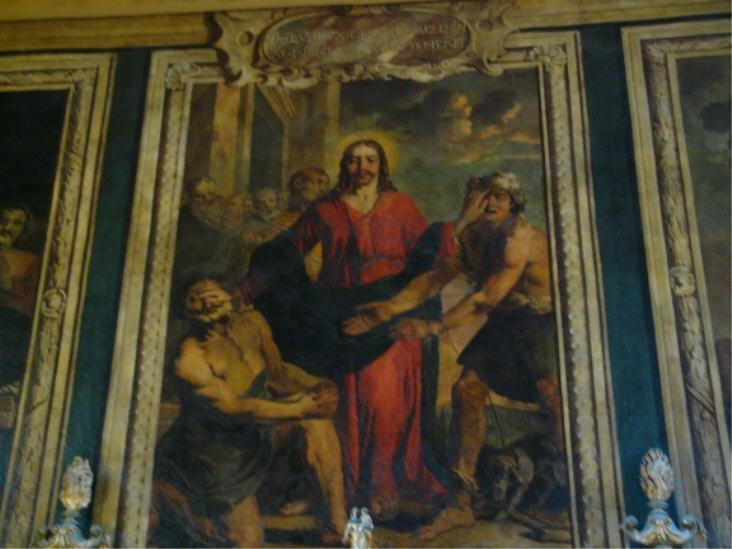
Isaac Moillon (1614-1673)
Isaac Moillon belonged to a large family of Protestant painters in Paris – they worked in Saint-Germain-des-Prés. -
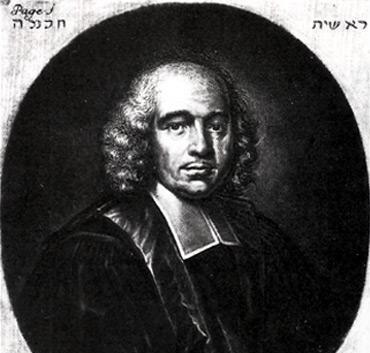
Pierre Jurieu (1637-1713)
Pierre Jurieu was a pastor of the “refuge” and defended the rights of the people in the kingdom of Louis XIV. -
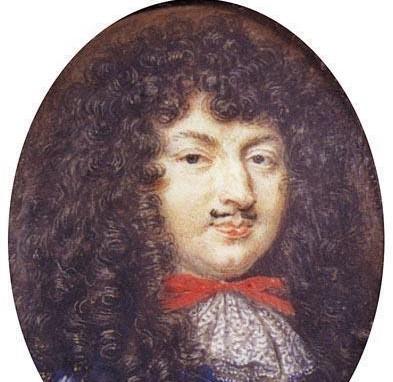
Samuel Bernard (1615-1687)
Samuel Bernard came from a Reformed Church family and was a key member of the group of Protestant artists who contributed so much to the XVIIth century. He recanted after...
